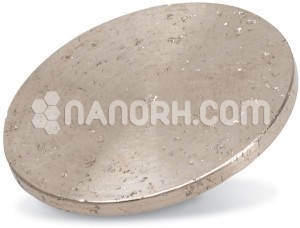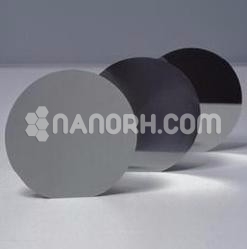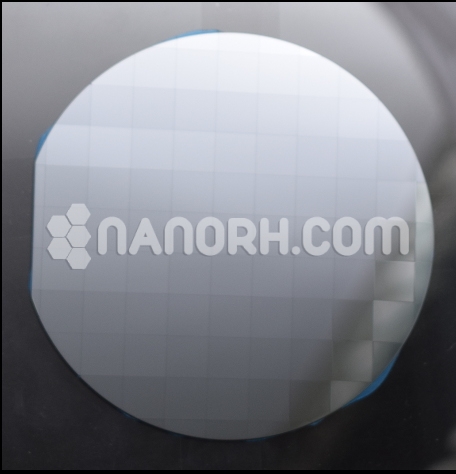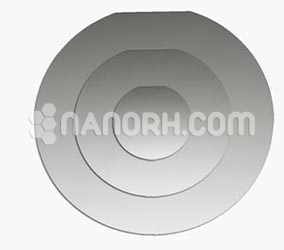| Bismuth Sputtering Target | |
| Product No | NRE-43017 |
| CAS No. | 7440-69-9 |
| Formula | Bi |
| Molecular Weight | 208.98 g/mol |
| Purity | >99.9% |
| Density | 9.75 g/cm³ |
| Thickness | 3 mm ± 0.5mm |
| Diameter | 50 mm ± 1mm |
| Shape | Round |
| Resistivity | NA |
| Electronegativity | NA |
Bismuth Sputtering Target
Bismuth sputtering targets are used to deposit thin films of bismuth in various applications due to their unique physical and chemical properties. Here’s a detailed look at the key applications of bismuth sputtering targets.
Thin Film Deposition for Electronics:
Application: Bismuth thin films are used in electronic devices due to their high conductivity and relatively low melting point.
Products: They are employed in semiconductors, electronic interconnects, and various components where thin films of bismuth can serve as conductors or components of electronic circuits.
Thermoelectric Materials:
Application: Bismuth is used in thermoelectric materials, which convert temperature gradients into electrical voltage.
Products: Thin films of bismuth deposited via sputtering can be used in thermoelectric generators and coolers, especially in combination with other materials to enhance performance.
Optoelectronic Devices:
Application: Bismuth films are used in optoelectronic applications due to their unique optical properties.
Products: These include photodetectors and light-emitting diodes (LEDs). Bismuth can influence the optical and electronic characteristics of these devices, optimizing performance for specific applications.
Magnetic and Spintronic Devices:
Application: Bismuth thin films are utilized in the development of magnetic and spintronic devices.
Products: Films may be used in devices that leverage both magnetic and electronic properties, although bismuth itself is not magnetic, it is sometimes used in conjunction with other materials to explore spintronic applications.
Sensors and Detectors:
Application: Bismuth films can be used in various types of sensors and detectors.
Products: Examples include gas sensors and radiation detectors, where the unique properties of bismuth contribute to enhanced sensitivity and detection capabilities.
Material Science Research:
Application: Bismuth thin films are used in research to study and develop new materials.
Products: These films help in exploring new phenomena and properties of bismuth in different environments and applications, contributing to advancements in material science.
Optical Coatings:
Application: Bismuth thin films can be used in optical coatings to modify the reflective or transmissive properties of surfaces.
Products: Such coatings are utilized in various optical devices and instruments to achieve desired optical performance.




